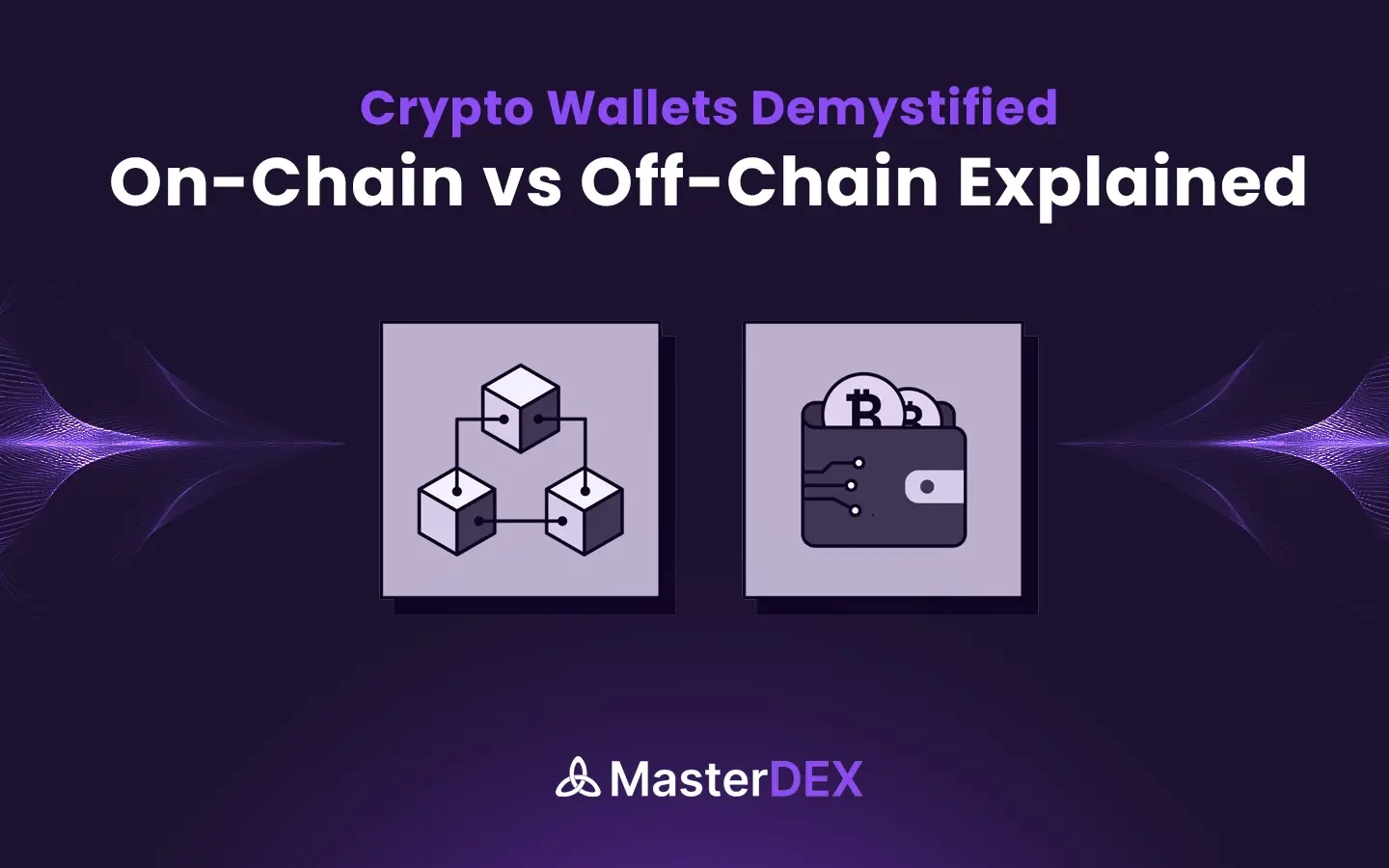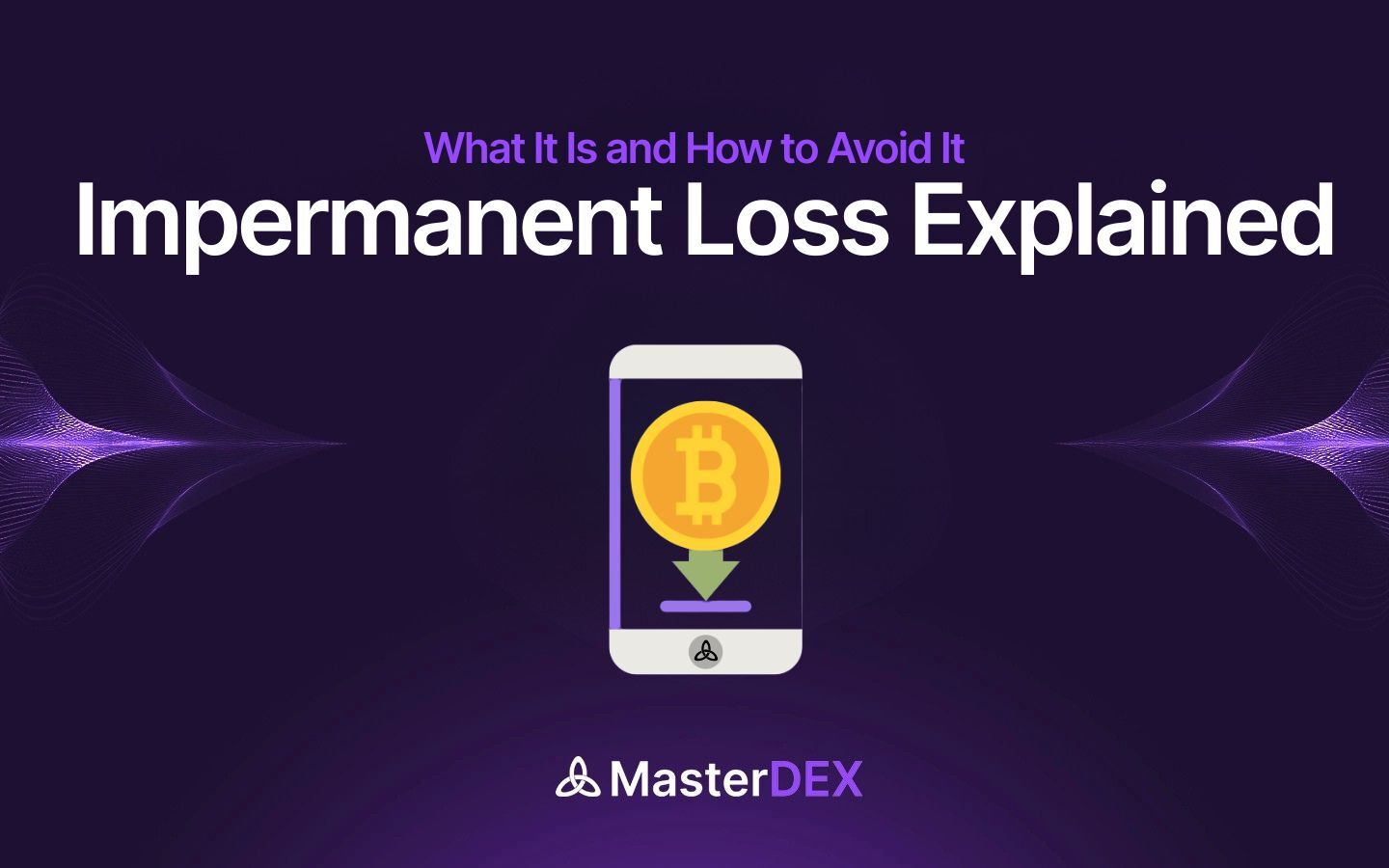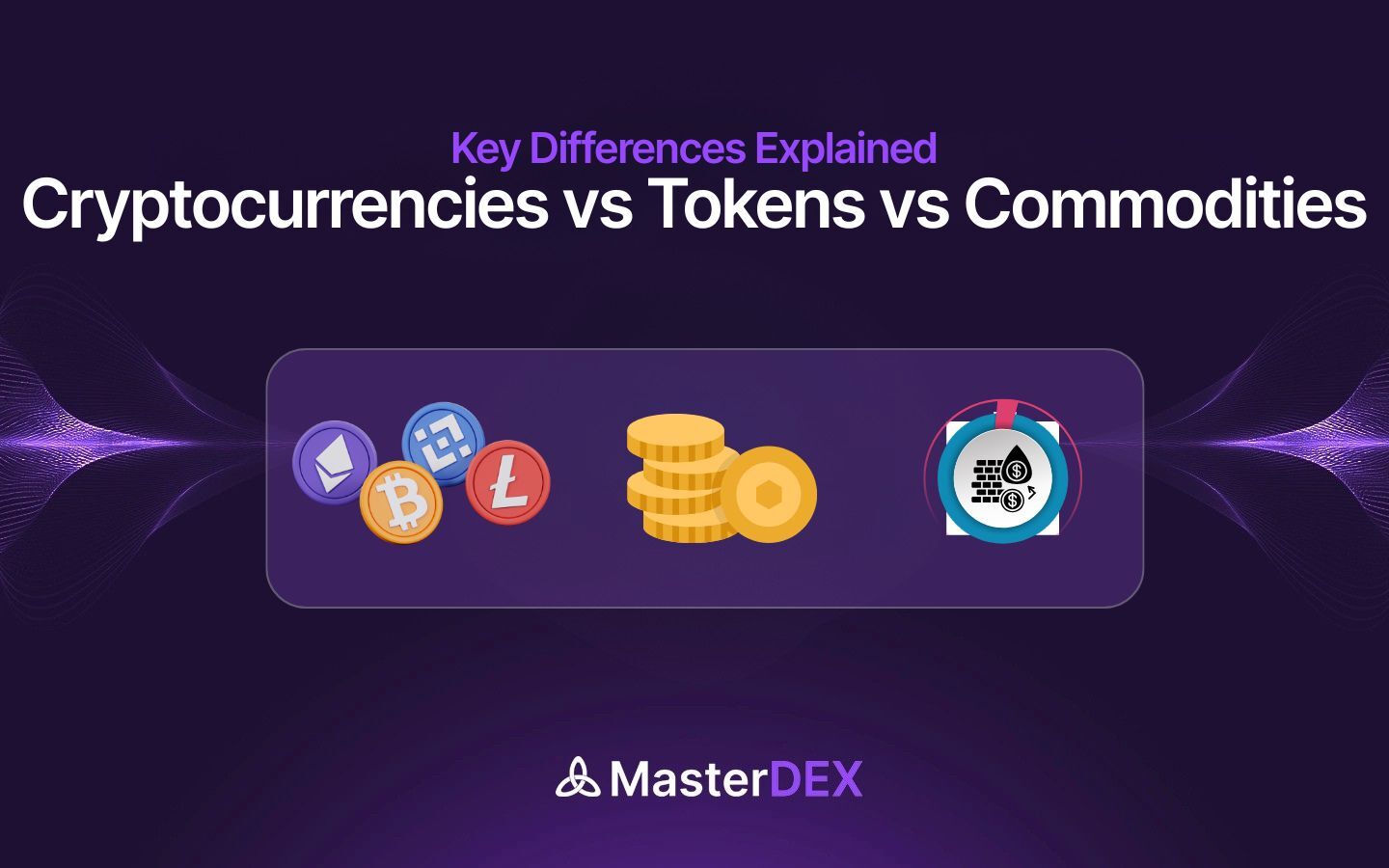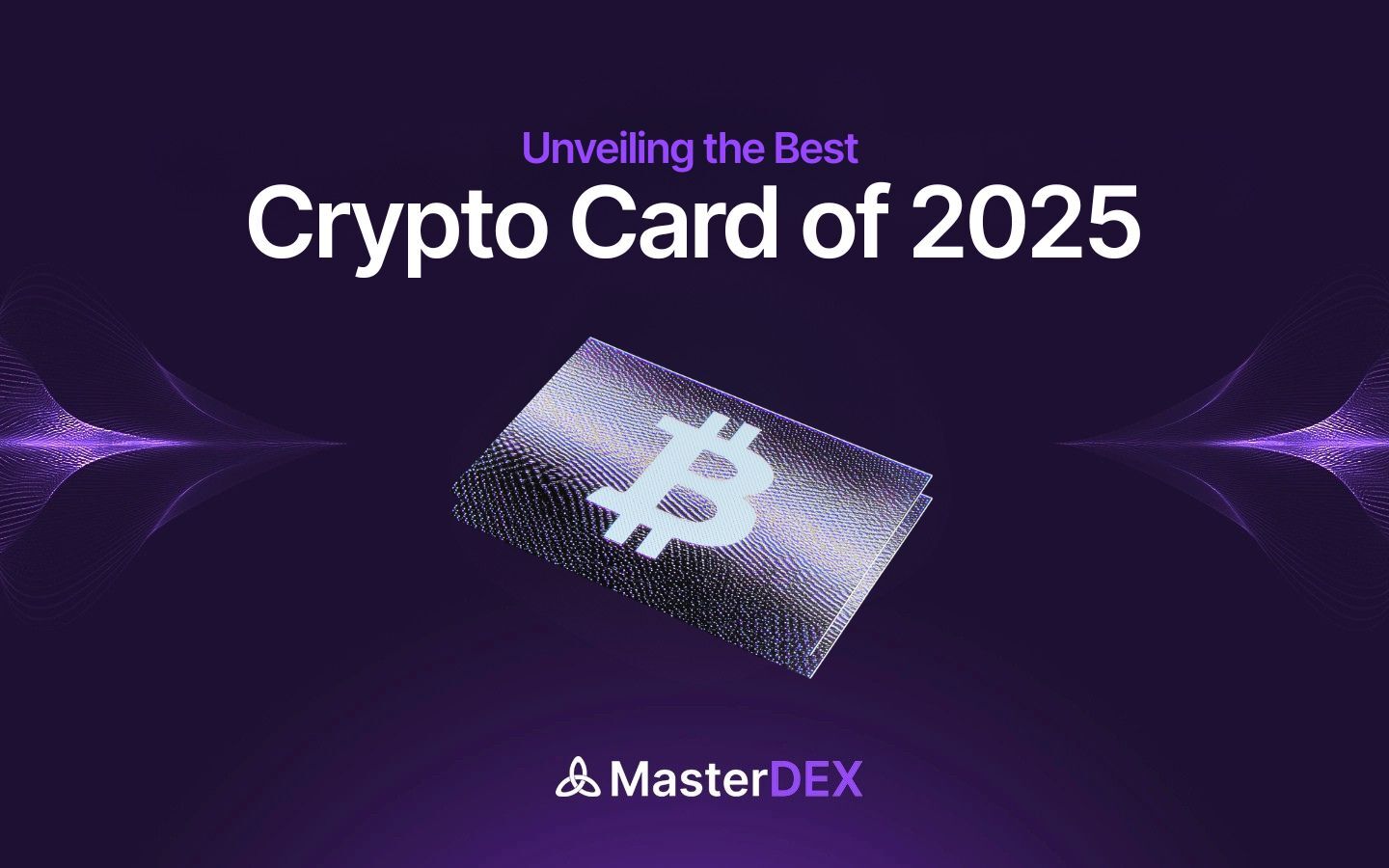In the fast-paced world of cryptocurrencies, selecting the right crypto wallet is as crucial as choosing the right investment strategy. As digital assets become more integrated into financial portfolios, users are faced with an essential decision: should they go with an on-chain wallet or opt for an off-chain one? While both types of wallets serve the fundamental purpose of storing crypto assets, they differ significantly in terms of control, security, transaction processes, and usability. This article provides a deep dive into on-chain and off-chain wallets, helping you navigate your choices wisely.
Table of Contents:
ToggleWhat Are On-Chain Wallets?
Before understanding on-chain wallets, let’s discuss what crypto wallets are. A crypto wallet is a tool that allows users to store and manage their cryptocurrency holdings. Unlike a physical wallet that holds cash, a crypto wallet stores public and private keys—the digital credentials needed to access and manage your crypto assets on the blockchain.
Now let’s talk about on-chain wallets. On-chain wallets, often referred to as non-custodial wallets or decentralized wallets, are digital wallets that interact directly with the blockchain. These wallets give users full control over their assets by enabling them to own and manage their private keys. Every transaction initiated from an on-chain wallet is broadcast to the blockchain, validated by the network, and permanently recorded on the distributed ledger.
Unlike custodial or off-chain wallets where third parties manage the keys, with on-chain wallets, you are the sole custodian of your funds. That makes them one of the most secure yet demanding options available in the crypto ecosystem.
How On-Chain Wallets Work?
When you create an on-chain wallet, it generates:
- A private key (used to authorize transactions)
- A public key (used to receive funds)
- A wallet address (public-facing version of the public key)
Here’s how a typical transaction works:
- You initiate a transaction (e.g., send ETH).
- The wallet signs it with your private key.
- The transaction is sent to the blockchain network.
- It is validated by miners or validators (depending on the consensus model).
- Once confirmed, the transaction is permanently recorded on the blockchain.
This means every transaction, whether it’s sending crypto, minting an NFT, or staking tokens, is transparent, traceable, and irreversible.
Types of On-Chain Wallets
On-chain wallets come in multiple formats:
- Hardware Wallets (e.g., Ledger, Trezor): Physical devices that store your keys offline.
- Software Wallets (e.g., MetaMask, Trust Wallet): Browser extensions or mobile apps for easier access.
- Paper Wallets: A printed sheet containing your private and public keys (less common today).
Each type supports various blockchains and tokens and offers differing levels of security and usability.
Key Features of On-Chain Wallets
- Self-Custody: You’re the only one with access to the private keys.
- Blockchain Interoperability: Can interact directly with DeFi protocols, NFT marketplaces, and staking services.
- Security Through Independence: Immune to centralized exchange hacks, provided you keep your keys safe.
- Transparency: Every transaction is visible and auditable on-chain.
Advantages
- Complete Control: You aren’t dependent on third parties or custodians.
- Trustless Security: The blockchain itself secures your assets, not a company.
- Global Access: As long as you have the internet and your keys, you can access your funds from anywhere.
- Censorship Resistance: No centralized entity can block, freeze, or reverse your transactions.
Disadvantages
- No Recovery Option: If you lose your private key or seead phrase, your funds are gone forever.
- Learning Curve: Beginners may find it overwhelming to manage keys and interact with dApps.
- Transaction Fees: Each operation requires gas fees, especially on networks like Ethereum.
- Slower Execution: Transactions need to be validated and included in blocks, which might take seconds to minutes depending on network congestion.
What Are Off-Chain Wallets?
Off-chain wallets function independently of the main blockchain network. They rely on alternative technologies such as side chains or payment channels to handle transactions externally, helping to ease the load on the primary blockchain. Another way to understand these wallets is to say that these are custodial wallets, managed by a third-party service provider—typically centralized exchanges like Coinbase, Binance, or Kraken. In these wallets, users do not directly hold the private keys to their crypto assets. Instead, the platform holds custody of the funds and facilitates transactions internally without needing to broadcast every activity to the blockchain.
While on-chain wallets emphasize full user control, off-chain wallets focus on ease of use, accessibility, and convenience, especially for newcomers and traders who value speed and simplicity over total autonomy.
How Off-Chain Wallets Work?
When you deposit funds into an exchange like Binance, your assets are moved to the exchange’s master wallet. Internally, the platform updates your balance on their servers. This means that:
- Most transactions are not immediately visible on the blockchain unless you deposit or withdraw funds to/from an external address.
- The exchange holds the private keys and signs transactions on your behalf.
- Transfers between users within the same platform are off-chain and instant.
Because of this internal accounting system, transactions between users on the same platform do not require gas fees or confirmations, making them much faster and cheaper.
Types of Off-Chain Wallets
- Centralized Exchange Wallets: Offered by platforms like Binance, Coinbase, KuCoin.
- Custodial Web Wallets: Web-based platforms that manage your keys and store assets.
- App-Integrated Wallets: Mobile wallets tied to services like Robinhood or PayPal.
These wallets are typically accessible with just a username and password, sometimes paired with two-factor authentication (2FA).
Key Features of Off-Chain Wallets
- Third-Party Custody: A trusted company holds your assets on your behalf.
- Simplified Transactions: Internal transfers are off-chain, fast, and often fee-less.
- User-Friendly Interfaces: Designed for ease of use with simple dashboards and trading tools.
- Integrated Services: Many include built-in fiat on-ramps, staking, trading, and more.
Advantages
- Beginner Friendly: No need to manage private keys or navigate complex interfaces.
- Fast Transactions: Instant transfers within the same platform.
- Reduced Fees: Internal transfers often come with zero gas fees.
- Support & Recovery: If you lose access, you can typically recover your account through customer support.
- All-in-One Services: Buy, sell, trade, and stake all from a single dashboard.
Disadvantages
- Lack of Control: You don’t own your keys—“not your keys, not your crypto.”
- Security Risk: Prone to centralized exchange hacks or platform failures.
- Censorship & Freezing Risk: Accounts can be suspended, limited, or frozen without notice.
- Limited Blockchain Interaction: Can’t interact directly with dApps, DeFi platforms, or NFTs unless you withdraw to an on-chain wallet.
While off-chain wallets offer comfort and simplicity, they also come with the trade-off of surrendering control. Understanding this trade-off is key to choosing wisely based on your goals.
On-Chain vs Off-Chain Wallets: Key Differences
Choosing between an on-chain and off-chain wallet is like deciding between freedom with responsibility and convenience with limitations. Both serve essential roles in the crypto ecosystem but differ significantly in how they operate, store funds, process transactions, and offer security.
Let’s break down the fundamental differences across various factors that matter to most users—control, speed, fees, use case, security, and blockchain interaction.
Custody and Ownership
- On-chain wallets provide true ownership—you hold the keys, you own the coins.
- Off-chain wallets are like bank accounts—you’re trusting a third party to manage your funds.
Speed and Efficiency
- On-chain transactions depend on network congestion and block time (e.g., Ethereum, Bitcoin).
- Off-chain wallets process transactions internally, allowing instant, gas-free transfers, especially useful for traders.
Fees
- On-chain wallets require gas fees for every interaction, from sending tokens to swapping on DEXs.
- Off-chain wallets often subsidize or eliminate these fees, particularly for transfers between users within the same platform.
Access to dApps and DeFi
- On-chain wallets are your gateway to Web3—staking, yield farming, NFT minting, DAO voting.
- Off-chain wallets limit your interaction until you withdraw assets to an on-chain-compatible wallet.
Security Approach
- On-chain security lies in the user’s hands. If you lose your keys, there’s no customer support to help.
- Off-chain security is centralized—if the provider is compromised, your assets could be at risk (e.g., FTX collapse).
Comparison Table: On-Chain vs Off-Chain Wallets
| Criteria | On-Chain Wallets | Off-Chain Wallets |
| Custody | User has full control and owns private keys | Third-party (exchange/platform) holds private keys |
| Security | Depends on user’s practices (secure key storage, backups) | Depends on the security infrastructure of the provider |
| Transaction Visibility | All transactions are publicly recorded on blockchain | Internal transactions are off-chain and not public |
| Speed | Slower due to network confirmations (e.g., 10s to minutes) | Faster, often instant transfers within platform |
| Fees | Network fees (gas) apply to every transaction | Typically free or lower fees for internal transfers |
| Privacy | Transparent, all actions are traceable on-chain | Limited transparency, actions recorded internally |
| Use Case | Long-term storage, DeFi, NFTs, staking | Trading, quick swaps, fiat conversions, beginner use |
| Backup/Recovery | Requires seed phrase or private key backup | Recovery possible via email/phone and customer support |
| Blockchain Access | Full access to dApps, DeFi protocols, NFT marketplaces | Limited; often requires withdrawal to interact with dApps |
| Risk Exposure | User-dependent risk (phishing, scams, wallet loss) | Platform risk (hacks, asset freeze, KYC restrictions) |
| Examples | MetaMask, Trust Wallet, Ledger, Trezor | Binance Wallet, Coinbase Wallet (custodial), Kraken Wallet |
When to Use On-Chain Wallets?
On-chain wallets are ideal for users who want full control over their assets and direct interaction with the decentralized world. Whether you’re investing for the long term, engaging in DeFi activities, or exploring NFTs, on-chain wallets offer an unmatched level of autonomy and flexibility.
Let’s explore the specific situations where on-chain wallets shine:
You Want Full Ownership of Your Crypto
The core philosophy of crypto is decentralization—and with an on-chain wallet, you hold the private keys, which means you hold the power. This level of ownership ensures:
- No dependency on third-party platforms.
- No risk of centralized exchange hacks or asset freezes.
- Freedom to transfer or use your assets anytime, anywhere.
Ideal for:
→ Long-term holders (HODLers)
→ Privacy-focused users
→ Security-conscious investors
You Intend to Interact with dApps
DeFi protocols, NFT marketplaces, and DAOs all require wallet authentication via platforms like MetaMask, Trust Wallet, or WalletConnect. With an on-chain wallet, you can:
- Stake tokens in DeFi farms.
- Swap assets on DEXs like Uniswap or SushiSwap.
- Vote on DAO proposals.
- Mint, buy, or sell NFTs.
Without an on-chain wallet, these features are inaccessible.
Ideal for:
→ DeFi participants
→ NFT creators/collectors
→ DAO members
You Want Non-Custodial Security
With great power comes great responsibility. On-chain wallets protect you from centralized risks (e.g., fraud, platform shutdowns), but place the burden of private key management on you. It’s a double-edged sword—secure but unforgiving.
You’re also protected from censorship, KYC restrictions, and asset freezing unless governed by the protocol itself.
Ideal for:
→ Users in restrictive jurisdictions
→ Advanced users confident in seed phrase management
You’re Moving Assets Across Chains or Platforms
If you’re bridging tokens from Ethereum to Polygon or from Binance Smart Chain to Arbitrum, you’ll need an on-chain wallet to:
- Connect with blockchain bridges.
- Use Layer-2 rollups.
- Send funds across ecosystems.
This multi-chain flexibility is possible only with on-chain wallets that support those networks.
Ideal for:
→ Cross-chain explorers
→ Multichain traders
You’re Building or Testing Web3 Applications
Developers need on-chain wallets to deploy and interact with smart contracts on testnets or mainnets. Whether you’re building a dApp, NFT minting engine, or custom DeFi tool, an on-chain wallet:
- Authenticates your developer environment.
- Handles contract interactions.
- Enables real-time testnet/mainnet deployment.
Ideal for:
→ Blockchain developers
→ Smart contract testers
When to Use Off-Chain Wallets
Off-chain wallets, typically offered by centralized exchanges (CEXs) like Binance, Coinbase, or Kraken, are designed for convenience and accessibility. These wallets don’t give you direct custody of your crypto (i.e., you don’t hold the private keys), but they offer powerful features for casual users, frequent traders, and those who want a more guided experience in crypto.
Let’s dive into the scenarios where off-chain wallets are the better choice:
You’re a Beginner Just Getting Started
If you’re new to crypto and still learning how it works, off-chain wallets provide a smoother onboarding process. You can:
- Buy crypto with fiat instantly.
- Store it without worrying about private keys.
- Easily access customer support.
This centralized approach removes much of the technical friction and is ideal for users who want a plug-and-play experience.
Ideal for:
→ First-time crypto buyers
→ Users unfamiliar with wallet management
→ People wanting simplified access
You Trade Frequently
Off-chain wallets are built for speed and efficiency. Since transactions occur within the exchange’s ecosystem, they’re nearly instant and don’t require on-chain confirmations or gas fees.
This environment is perfect for:
- Spot and margin trading
- Setting limit and stop orders
- Engaging in futures contracts
- Leveraging algorithmic bots
Ideal for:
→ Day traders
→ High-frequency traders
→ Arbitrageurs
You Want Regulatory Compliance and Tax Records
Most centralized platforms comply with government regulations, offering:
- KYC (Know Your Customer) processes
- Tax-friendly reports
- Secure user identification
- Anti-money laundering protocols
This can be beneficial if you’re in a jurisdiction that requires detailed crypto accounting or if you’re looking for institutional-level compliance.
Ideal for:
→ Investors focused on legal clarity
→ Tax-conscious users
→ Regulated entities
You Need Customer Support and Recovery Options
Lost your password? Made a mistaken transaction? With off-chain wallets, you can:
- Reach out to a customer support team
- Use two-factor authentication for added security
- Recover your account with identity verification
This safety net is often absent in the decentralized world, making off-chain wallets attractive to risk-averse users.
Ideal for:
→ Non-technical users
→ People worried about losing access
→ Older or less tech-savvy investors
You’re Looking for Minimal Blockchain Fees
When using centralized exchanges, most trades and transfers (within the platform) don’t incur traditional blockchain gas fees. You only pay when withdrawing to an external wallet, and even those are often minimal or standardized.
Ideal for:
→ Cost-conscious users
→ Frequent movers of crypto between wallets/accounts
Conclusion: Which Wallet Is Right for You?
When it comes to choosing between on-chain and off-chain wallets, the answer truly depends on your personal needs and experience level. If you value full control over your assets, prefer transparency, and regularly interact with DeFi protocols or NFTs, then on-chain wallets are likely your best fit. These wallets offer unmatched autonomy but require you to handle security yourself—losing access means there’s no backup.
On the other hand, if you’re just starting out or prefer convenience with built-in customer support, an off-chain wallet might be more suitable. Centralized exchanges offer ease of use, fiat access, and often better liquidity for trading. Ultimately, many users opt for a hybrid approach—storing long-term holdings in on-chain wallets for security and using off-chain platforms for everyday trades. No matter which path you choose, understanding the strengths and limitations of each ensures your crypto journey is safer and smarter.



